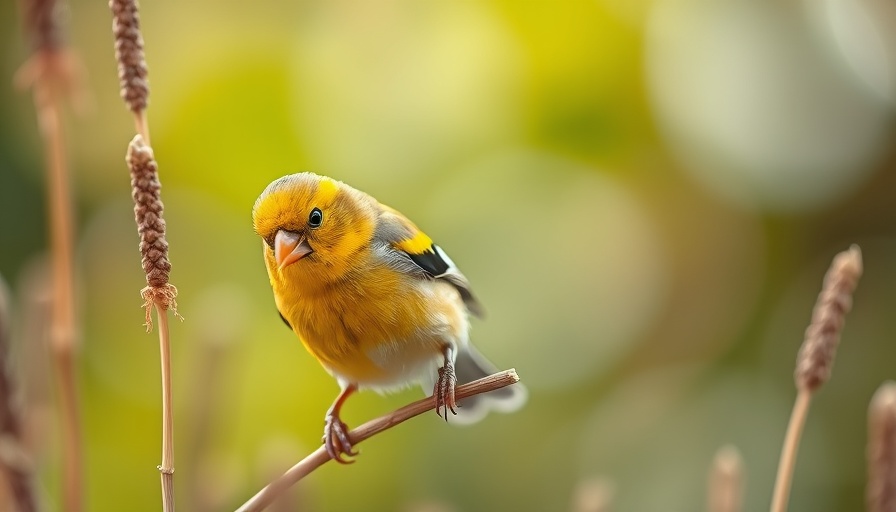
Understanding the Migration Patterns of Hummingbirds
As summer draws to a close in New York, avid bird watchers notice a drop in hummingbird activity at feeders. This is particularly true for the Ruby-throated hummingbird, the most common species in this region. Unfortunately, understanding their migration habits can be as elusive as the birds themselves. Ruby-throated hummingbirds typically begin their migration southward in late summer, with most departing by fall. Many factors, such as weather conditions and the availability of food sources, can influence the timing of their departure.
Routes of Migration: Where Do They Go?
Upon leaving New York, Ruby-throated hummingbirds embark on a remarkable journey south, navigating various regions along the way. They may follow a coastal route, moving through states like New Jersey, Pennsylvania, and Maryland, where they seek abundant nectar from flowering plants. Alternatively, some choose an inland passage, traveling down through the Appalachians as they stop at open gardens and blooming fields for sustenance. Understanding these routes not only enriches the bird-watching experience but also highlights the importance of maintaining feeders and gardens that support migrating birds.
Rare Guests: The Occasional Sightings
While the Ruby-throated hummingbird is the primary species to breed and flourish in New York, rare migratory visitors like the Rufous hummingbird sometimes appear, offering special excitement for bird enthusiasts. This western wanderer occasionally graces East Coast gardens, displaying remarkable resilience in colder weather. Other less common species may also venture east from their usual habitats, such as the Calliope and Black-chinned hummingbirds. Encounters with these species can leave lasting memories for birdwatchers and serve as a reminder of the interconnectedness of nature.
The Importance of Timing Your Feeders
As summer fades, understanding when to take down hummingbird feeders can be critical. Leaving feeders up too late into the fall may inadvertently mislead birds that are preparing to migrate. Ideally, feeders should remain accessible until late September or early October to offer vital nutrition to both resident and passing hummingbirds. This practice contributes to the caring for and sustaining of these beautiful avian travelers.
Final Thoughts on Hummingbird Migration
Recognizing the migration patterns and behaviors of hummingbirds in New York not only enhances birdwatching enjoyment but also encourages us to contribute positively to their journeys. By fostering blooming gardens and keeping feeders well maintained throughout the summer and early fall, we help ensure these delicate birds have the resources they need during their incredible migrations.
 Add Row
Add Row  Add
Add 




Write A Comment